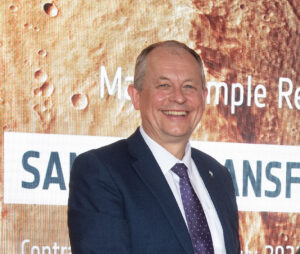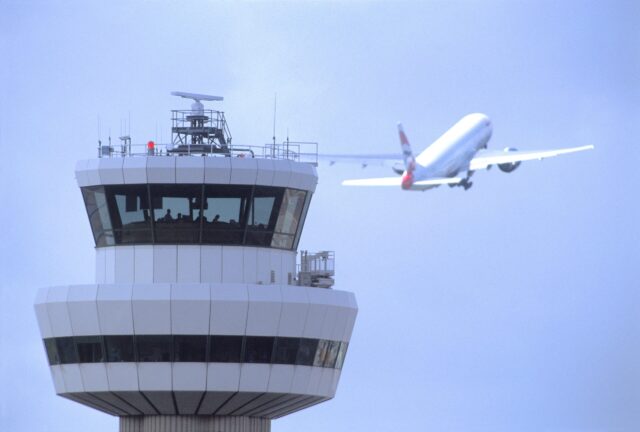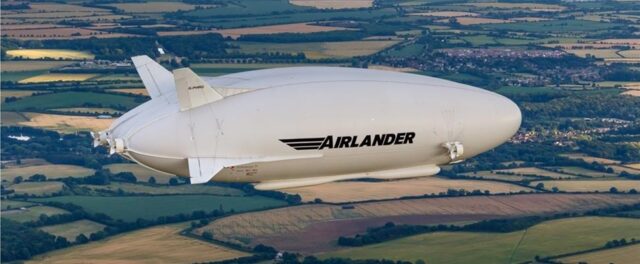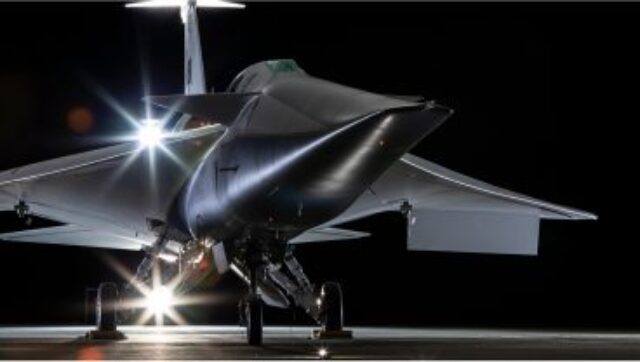ESA-UK alliance rocketing ahead
In the space business, 2024 promises to be a milestone year for the United Kingdom, with the first-ever orbital launch from the country. With its launch license granted by the…
In the space business, 2024 promises to be a milestone year for the United Kingdom, with the first-ever orbital launch from the country. With its launch license granted by the UK’s Civil Aviation Authority in December last year, SaxaVord spaceport in the Shetland Islands is lined up to host flights to orbit, starting with an inaugural launch by German startup Rocket Factory Augsburg. Also intending to fly from SaxaVord are Edinburgh-based Skyrora and another German start-up, HyImpulse.
Given the recent history of UK launch, all fingers will be crossed when it comes time for RFA to soar – Spaceport Cornwall expected to open the British space age in January 2023, but hopes were dashed by the failure of Virgin Orbit’s air-launched rocket.
SaxaVord (pictured here from orbit) will in any case host the first attempt at a vertical orbital launch from UK soil. As notable moments go, it’s been a long time coming – the UK was an early player in the space age with a successful 1971 launch of its Prospero satellite on a UK-built Black Arrow rocket. But that flight launched from Australia, and the UK government then canceled the Black Arrow programme, leaving the field to the USA, Soviet Union, China and the pan-European launch effort that soon became the European Space Agency.
Though the UK has long been an enthusiastic member of ESA, it has until recent years stood aside from launch. That reticence was shed in the mid-2010s when London changed tack, a significant policy shift resulting in the launch attempt from Cornwall, plans for multiple vertical-launch spaceports, and determined private-sector rocket programmes including Skyrora and, also based in Scotland, Orbex.
For some perspective on how the UK’s role in space has changed, FINN caught up with Dr David Parker. Parker, the former chief executive of the UK Space Agency who went on to head ESA’s human and robotic exploration directorate, returned to the UK in summer 2024 as special advisor to ESA’s director general, charged with strengthening relations with the UK Space Agency.
As Parker tells it, the past half year or so has been a “very interesting and rewarding” time for “reconnecting” with UK friends and colleagues – and the UKSA – after being naturally more focused, as head of ESA’s exploration directorate, on relations with agencies outside of ESA’s orbit, including NASA and Japan’s Jaxa.

David Parker c ESA – P. Sebirot
UKSA, he notes, is now more focused on “delivery” than policy. “I see a dynamism, entrepreneurial companies,” he says, adding that the UK space industry is still “working through” the implications of Brexit. A notable example being that while the UK remains a full member of ESA, it has seen its participation curtailed in the ESA-delivered but European Commission-owned Galileo satellite navigation programme.
From an ESA perspective, though, the UK remains a robust partner. As Parker notes, ESA’s ambitious Moonlight programme – to create a communications infrastructure linking the Earth and Moon in support of anticipated human missions to our natural satellite – will be led by teams based at ESA’s ECSAT technology centre at Harwell, near Oxford.
ESA is in any case a prominent partner for the UK’s ambitions in launch. Skyrora, Orbex, RFA and HyImpulse, another German start-up intending to fly from SaxaVord, have all enjoyed financial and/or technical support from the agency.
To Parker, there are three factors underpinning a successful launch presence. One is of course technical – where “all issues are solvable” given some combination of public and private funding.
Commercially, the question is, is there a market? Parker’s answer is a firm “yes”. As he sees it, Elon Musk’s SpaceX may be taking the lion’s share of the private launch market, but customers still need a flexibility that can only come from having alternative providers.
Parker also stresses the need for public-private partnership to support a launch industry; he notes that ESA and the UK government both intend to buy flights. ESA uses the term “anchor customer”, the idea being that if the agency gives a launch provider the chance to prove itself, private customers will follow.
For its part, SaxaVord – with its location on Unst, the most northerly of the Shetland Islands off the coast of Scotland – enjoys advantageous geography. The location, near a former RAF radar station, is remote and offers a flight path over open ocean to the north, ideal for polar-orbiting Earth observation satellites.
The fact that the first to fly may be a German rocket rather than one of its UK-based rivals doesn’t bother Parker, at least not too much. All of them, he says, have interesting technology and there is plenty of demand for launch: “My good luck to all of them!”
Subscribe to the FINN weekly newsletter
















